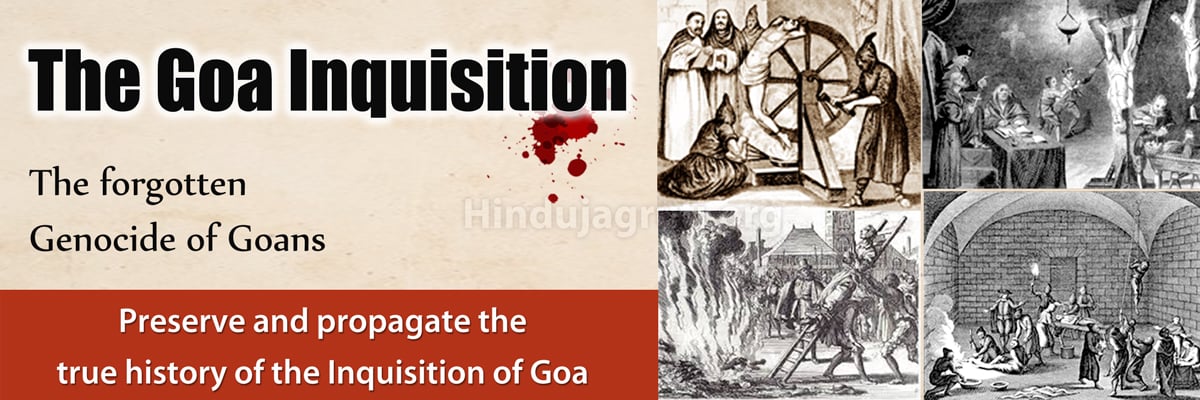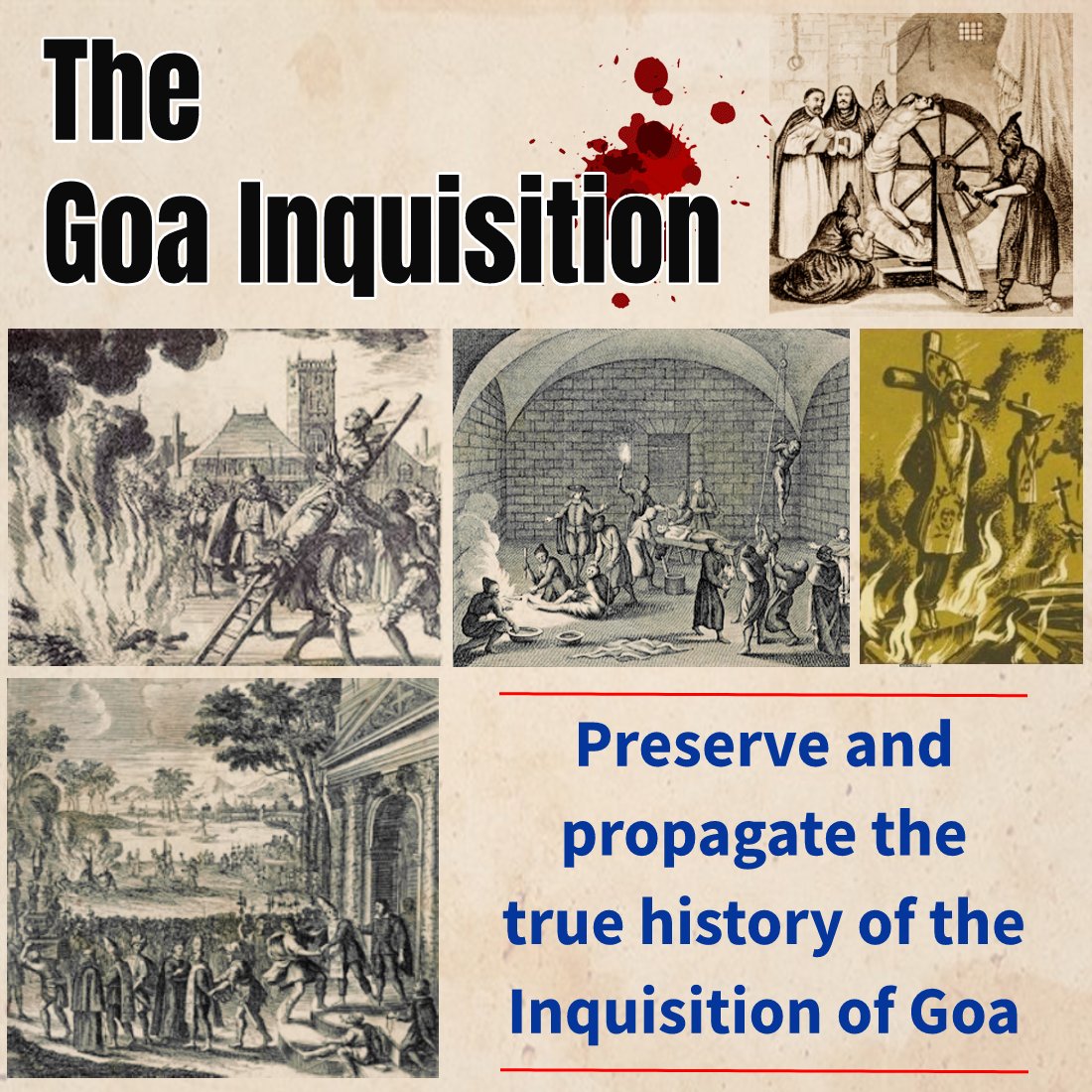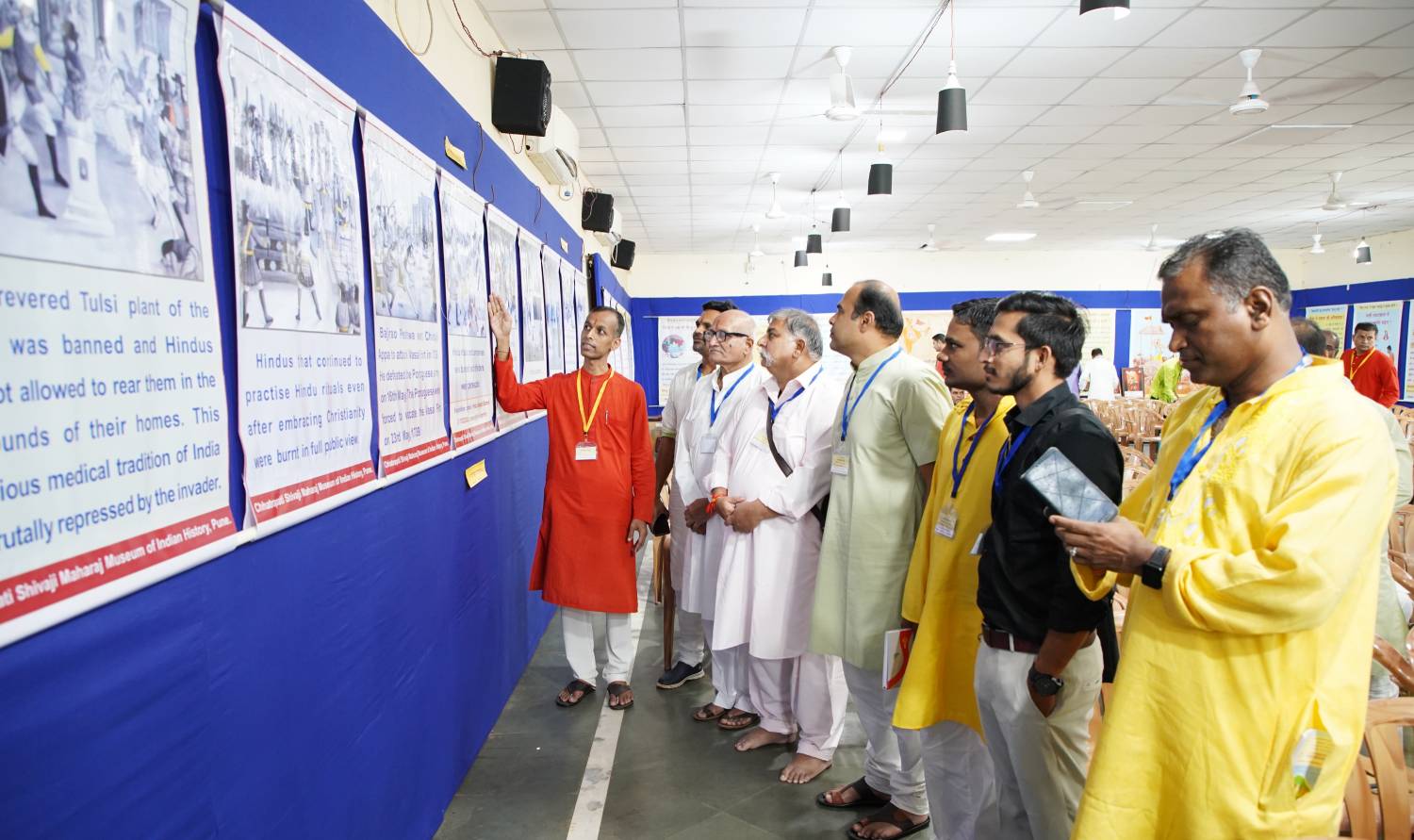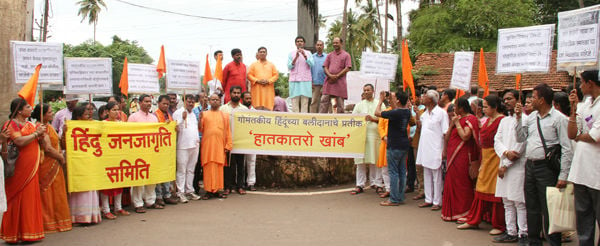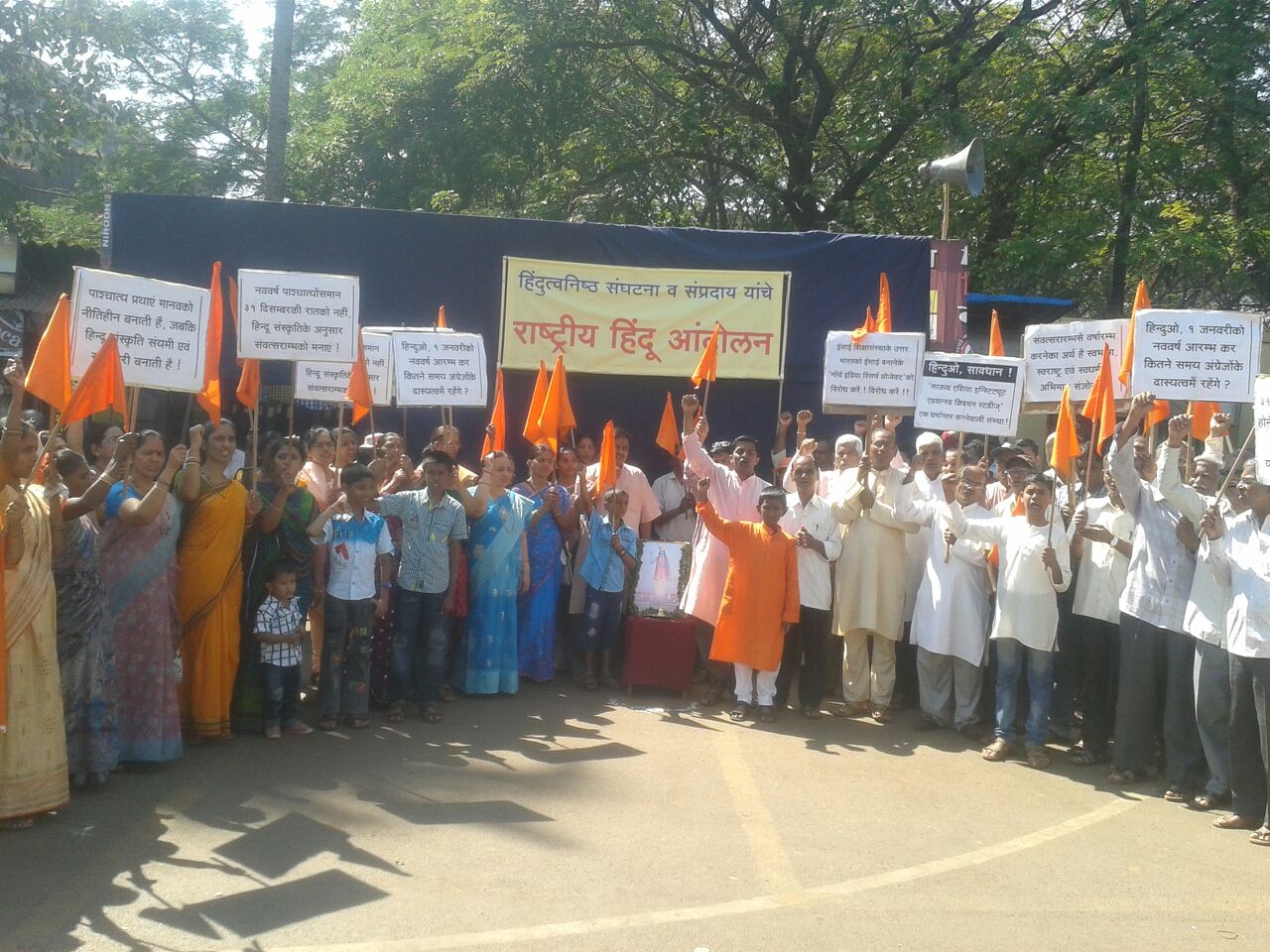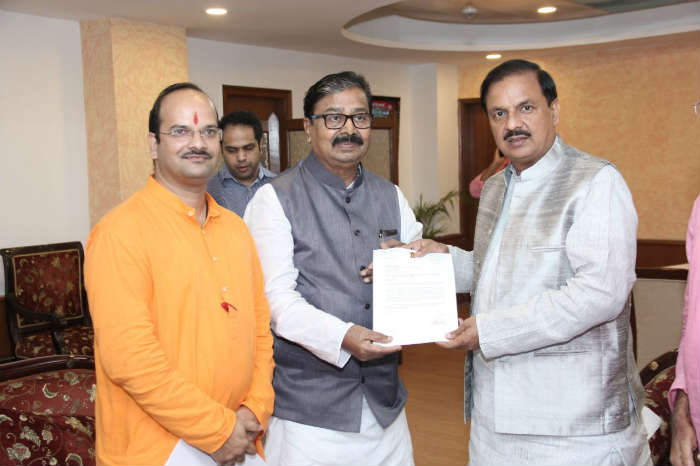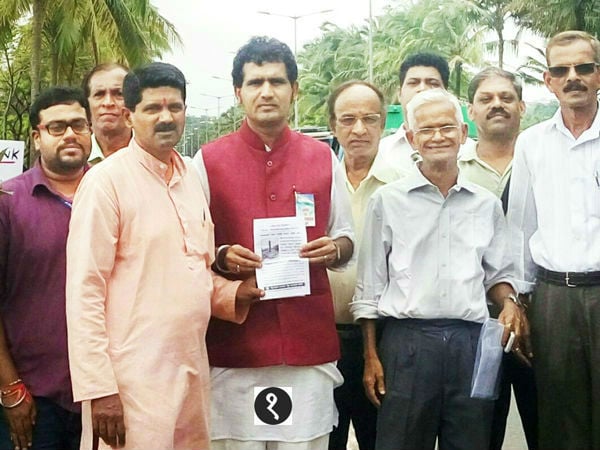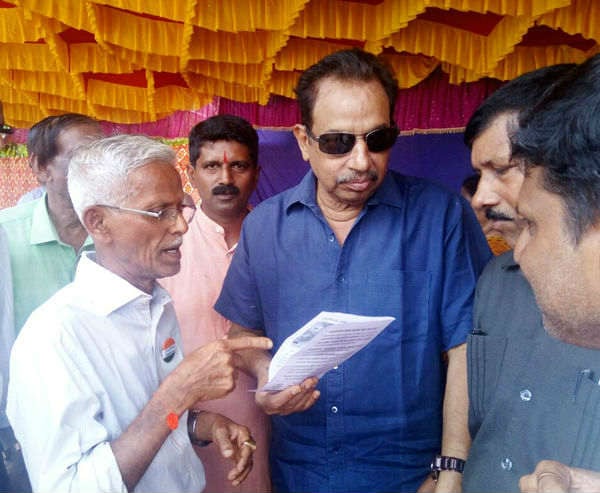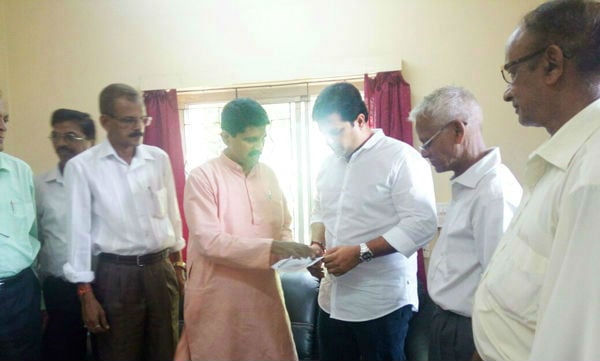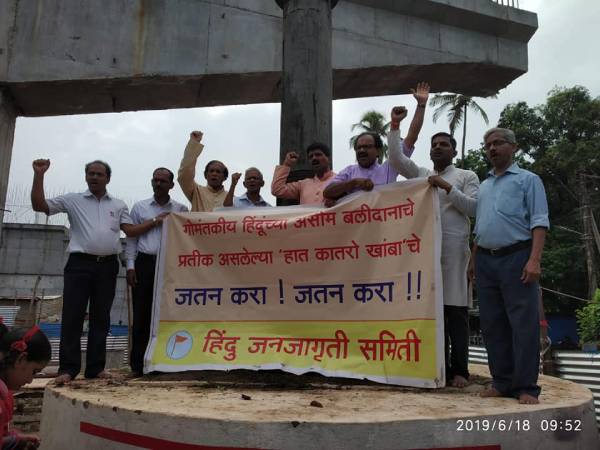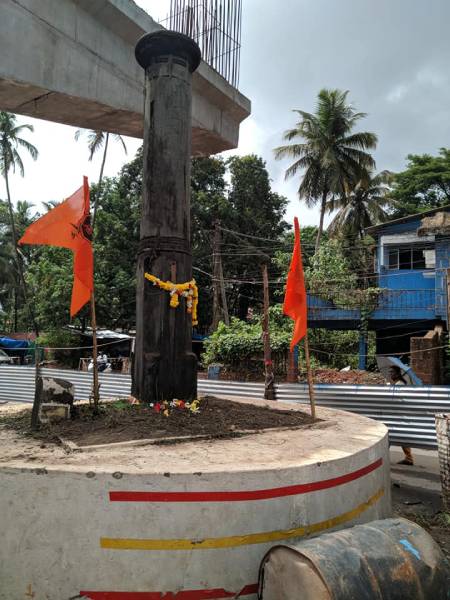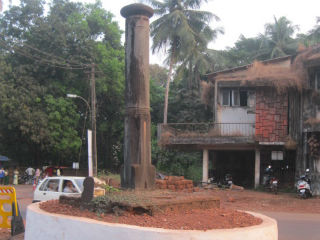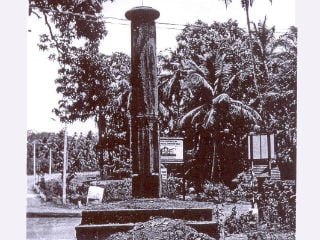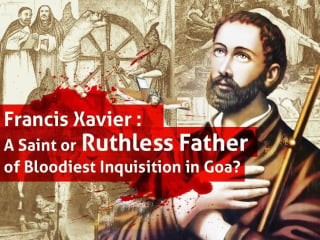Goa has witnessed one of the most brutal genocides in the history of mankind – the Inquisition of Goa. While the world knows about the Spanish Inquisition, hardly anything is known about the Goan Inquisition. After 451 long years of tyrannical rule by the barbaric Portuguese, they were overthrown and Goa was liberated on December 19, 1961, which is now honoured as Goa Liberation Day. The Goa inquisition is regarded by all contemporary portrayals as the most violent inquisition ever executed by the Portuguese Catholic Church. It was marked by an unparalleled barbarism, inhumanism and fanaticism, the most horrifying and bloodiest inquisition faced by Goan Hindus who suffered for 252 years (1560 to 1812). Those Hindus who refused to convert to Christianity or those found ‘guilty’ of secretly practicing Hindu Dharma despite converting were punished in the cruelest manner possible. It is heartbreaking that this Inquisition has no place in Indian history books, nor is it openly discussed. As we celebrate the Goa Liberation Day on 19 December, let us honor the lives of all those Goans who, under the threat of torture and death, refused to give up their culture.
Sign Petition
Preserving and propagating the true history of Goa – Inquisition of Goa
(The forgotten Genocide of Goans)
Request you to please send the email with the demands to Hon’ble Chief Minister & concerned authorities by clicking on the below button. Request you to send a copy of the email to [email protected]
(Note: ‘Send Email’ button will work only on Mobile)
Goa Inquisition awareness campaign by HJS
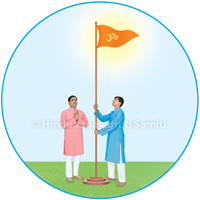
Multiple issues, One solution
Hindu Rashtra
Let us make it a reality !
History of Goa Inquisition
What was the Goa Inquisition ?
Most Indians believe that Goa was settled by Portuguese. This is what the history text books have taught them. But the facts are quite different. Goa (Gomantak) was a bustling place, settled by Indians continuously from at least 1200 B.C. It was a famous pilgrimage, often known as Kashi of West. Till the Portuguese missionaries came. They launched an aggressive program of converting native Hindus and Muslims to Christianity. Hundreds of Hindu temples were destroyed and Churches planted on destroyed temple sites, Brahmins were chased out. Many converted as a result of this. The new converts were ordered to give up their ‘heathen’ practices. However, when friendly methods failed to keep the newly converted within the flock, Inquisition was called in. The Goan Inquisition has often been called the worst in the history of Christianity. Its most virulent phase lasted for about 250 years from 1560 to 1812.
Anti-Hindu Laws imposed by the Inquisition in Goa
?? Imposed a ban on the performance of all Hindu rites and ceremonies, including marriages.
?? No rituals could be performed on the 12th day after a person’s death, or on new moon or full moon days.
?? The poor could not be fed nor ceremonial meals distributed for the peace of the souls of the dead.
?? There could be no fasting on the Ekadashi days.
?? All the Hindu temples should be destroyed forthwith
?? Hindu men could not wear dhotis, even in their own homes. And women could not wear cholis.
?? Prohibitions concerned with the harvest festivals, cooking rice without salt, fasting on the holy days, on Wednesdays, full moon and new moon, or bathing before entering the kitchen for preparing meals.
?? They ordered all the coconut trees and tulasi plants to be uprooted from all gardens.
?? Prohibition of the use of Indian musical instruments and Indian songs during marriage ceremonies.
?? All Sanskrit and Marathi books, whatever may be their subject matter, were seized and burnt.
?? An order was issued that eliminated the Konkani language, and for dealing toughly with anyone who still spoke the local language. It was compulsory to speak Portuguese only.
?? Hindus embracing Christianity would be exempt from land taxes for up to 15 years. But no one should bear any Hindu names.
?? No Hindu, regardless of his status or condition, should hold any public office.
?? All orphans could be baptized as Christians, which led to the kidnapping of numerous orphans, and the establishment of many Christian orphanages.
?? All Christian officials were forbidden from utilizing the services of any Brahmins or Hindus. If contravened, the Official would lose his job and the Brahmin will become captive and lose all property. All jobs must be given to Christians and not to Hindus. This was to make the Hindus completely helpless and, more or less, slaves.
?? Brahmins should be thrown out of the island of Goa and the lands and fortresses of the King of Portugal.
?? All Hindu physicians, carpenters, blacksmiths, and shop keepers were asked to sell their property and leave the Portuguese territory.
?? All Hindus were obliged to assemble periodically in churches to be lectured by the priests about the inferiority of their religion.
Cruelty of the Goa Inquisition
The Goa Inquisition is regarded as the most violent ever executed by the Portuguese Catholic Church. It was basically a holocaust inflicted on the Indian people. The Inquisition consisted of a tribunal, headed by a judge sent from Portugal, along with two assistants or henchmen. The judge was answerable to no one but Lisbon, and handed down judgments in whatever way he saw fit. The Inquisition was conducted in a palace called the “Big House.” This had been the residence of the Portuguese Governors of Goa until 1554. This had been refitted to accommodate 200 cells for prisoners, and instruments of torture to inflict all kinds of pain on the “heathens and pagans,” Hindus, and force “the true and merciful religion” of Christianity on those who resisted it. All interrogations were conducted behind closed doors, but the screams of agony of the men, women, and children could be heard from the streets, even in the middle of the night, as they would be brutally flogged, beaten, burned, or even slowly dismembered in front of their relatives.
Prisoners were brought in after witnesses had reported on them of crimes they had purportedly committed, often times with the witness implicating innocent people while under the threat of torture, or to save their own lives. These so-called crimes were often some kind of blasphemy against Christianity, or impiety, idolatry, necromancy and witchcraft, or anything against Christianity. For these “crimes” they would often be burnt alive at the stake, but only after much torture. If they confessed to their crimes, they were shown Christian mercy by being killed, first by strangulation and then being burnt after death.
The Indian ladies who opposed or resisted the sexual advances of the assistants of the commission were put behind bars and then forcibly used by them to satisfy their carnal desires. Then they were burnt alive as opponents or heretics of the established tenets of the Catholic Church.
Some of the tortures Hindus were subjected to during the Goa Inquisition
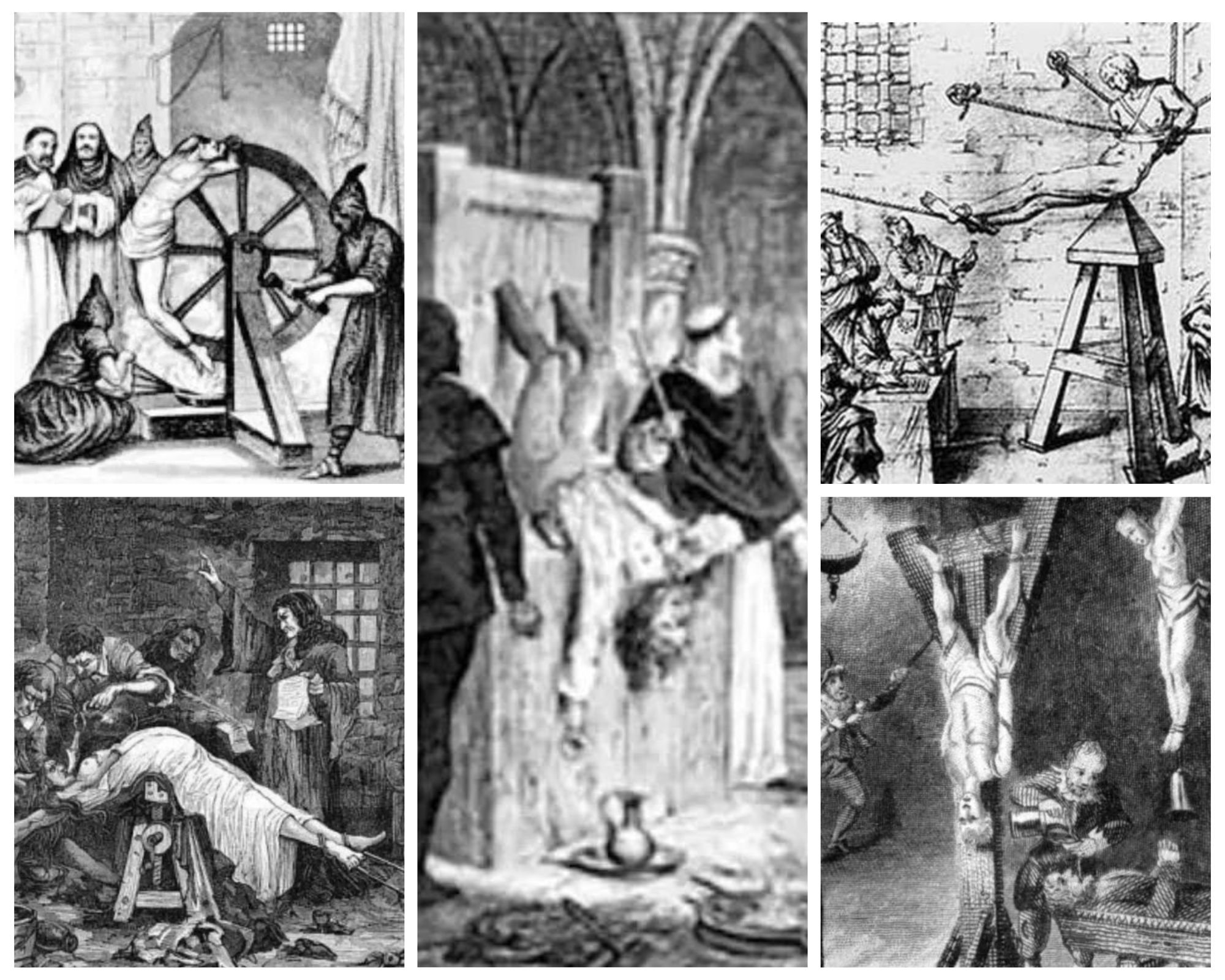
?? Your arms tied behind your back and being strung up by your wrists. You would hang there for hours, only to be suddenly dropped down near the floor, which would quickly pull your arms back to dislocate them out of the joints.
?? There was also the water torture in which you are forced to lay across an iron bar and ingest water without stopping, causing the iron bar to break one’s vertebrae and cause vomiting and asphyxia. Sometimes in that condition the stomach would be beaten with sticks so badly when filled with water, the stomach itself would burst.
?? Torture by fire was being hung over a fire to be roasted alive with your feet coated with animal fat which would ignite and burn the feet.
?? Other instruments included a metallic glove in which the hand would be roasted over a fire, and other tools for breaking one’s legs and shins, disembowel a person on the rack, sharp knives for cutting the ears off of one’s head, or instruments that would tear a woman’s breast from her body, and so on.
All these were done until the victim confessed. Then they would be taken to their cell to suffer until it was time for their execution. All such being the ways to taste the mercy of Christianity and feel remorse for not having converted. More than 2,000 people were burned alive, and many more tortured.
Who was St (?) Francis Xavier
In 1538 General Ignatius de Loyola in Rome, upon the request of the King of Portugal, sent missionaries to the orient. To answer the call, Francis Xavier, later known as Saint Xavier, went to Goa on 6 May 1542. Francis Xavier landed in Goa with a resolve of ‘uprooting paganism’ from the soil of India and planting Christianity in its place. And so all plans of persecution and oppression of the Hindus came along with him. All religious policies and procedures of forcible and fraudulent conversions and demolitions of the Hindu Temples and idols were undertaken under his guidance and missionary zeal. Thus it was St.Francis Xavier who laid the foundation for the ‘compassionate’ (barbarous!) for an organised system of Holy Inquisition against the Hindus in Goa.
Following the baptisms, the new Christians return to their homes and come back with their wives and families to be in turn also prepared for baptism. After all have been baptized, I order that everywhere the temples of the false gods be pulled down and idols broken. I know not how to describe in words the joy I feel before the spectacle of pulling down and destroying the idols by the very people who formerly worshipped them.
I want to free the poor Hindus from the stranglehold of the Brahmins. The Brahmins are the most perverse people in the world. The poor people do exactly what the Brahmins tell them. If there were no Brahmins in the area, all Hindus would accept conversion to our faith.
Indian history should not be forgotten….
From all this we can plainly see that the Goa Inquisition by the Portuguese Catholic Church was nothing less than a sustained war against Hindus and the Vedic culture itself. Nonetheless, they could not see the demise of Vedic Dharma. Presently, there may be few references in modern or school history books to the violent and treacherous ways that the Catholics used in their attempt to destroy and triumph over the Vedic tradition of India, and though this silence is maintained by secular historians, the history of it still exists for us all to remember, and to honour the lives of all those men, women, and children who, under the threat of torture and death, refused to give up their culture. This chapter of Indian history should not be forgotten in order to make sure that it never happens again, and so we do not forget the value of the Vedic traditions and Dharmic culture.
Pope must apologize for the Goa Inquisition
Pope John Paul II on October 31, 1992 apologized for the agony inflicted on Galileo, who was right all along. Pope Francis tendered an apology on April 1, 2022 for the “cultural genocide of indigenous children committed by the Catholic Church in Canadian residential schools”. So, it is time that the Pope should come forward to apologize for the Goa Inquisition from 1560 to 1812. In fact, should they not give some reparation for all of the damage they did and the horrors they inflicted on so many people? Nobody knows exactly how many citizens were killed or tortured by the Portuguese in the name of Christ, but it would be likely to run into hundreds of thousands.
This is the true history of Goa and this silence is not because there exist no evidence: There exist, in full text, orders issued by a succession of Portuguese Viceroys and the Governors from time to time. There exist, in written records and travelogues, penned not by the persecuted but by the persecutors, full details of the horrors perpetrated in the name of Christ.
Reference : From Atrocities on Hindus by Missionaries in Goa, by V. Sundaram and Goa Inquisition – The Epitome of Christian Missionary Violence
Eminent people on Goa Inquisition
Our Demands
1. The brutal history and facts of the Inquisition of Goa be taught in schools and colleges.
2. The state government should set up a Goa Inquisition holocaust museum which must include the horrific instruments of torture as well as all the correspondence in which Francis Xavier details the various methods he used to convert Goans to Christianity.
3. Across Goa, there are numerous relics like Haatkatro khamb. These relics should be preserved and treated with utmost respect.
4. The state tourism department must include the above in its tour itineraries and encourage the tourists coming to Goa to learn about true Goan history.

